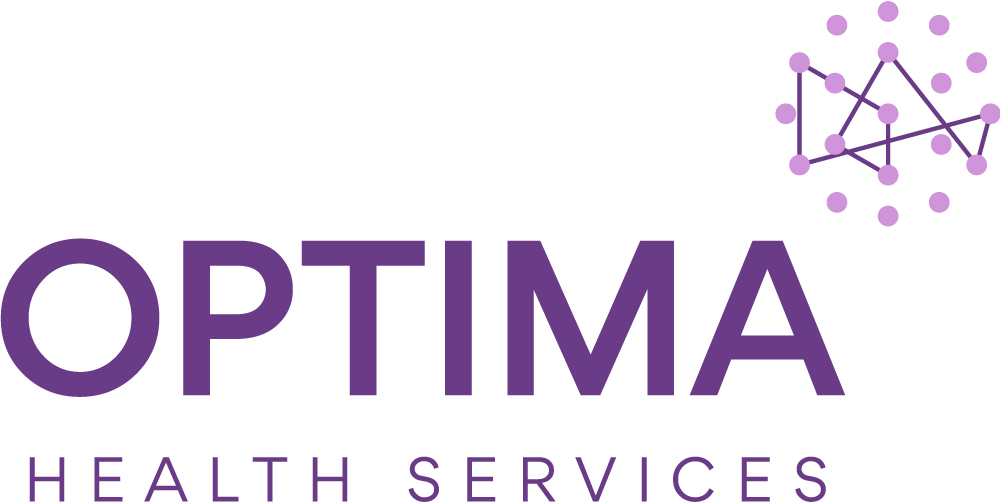Similar Posts
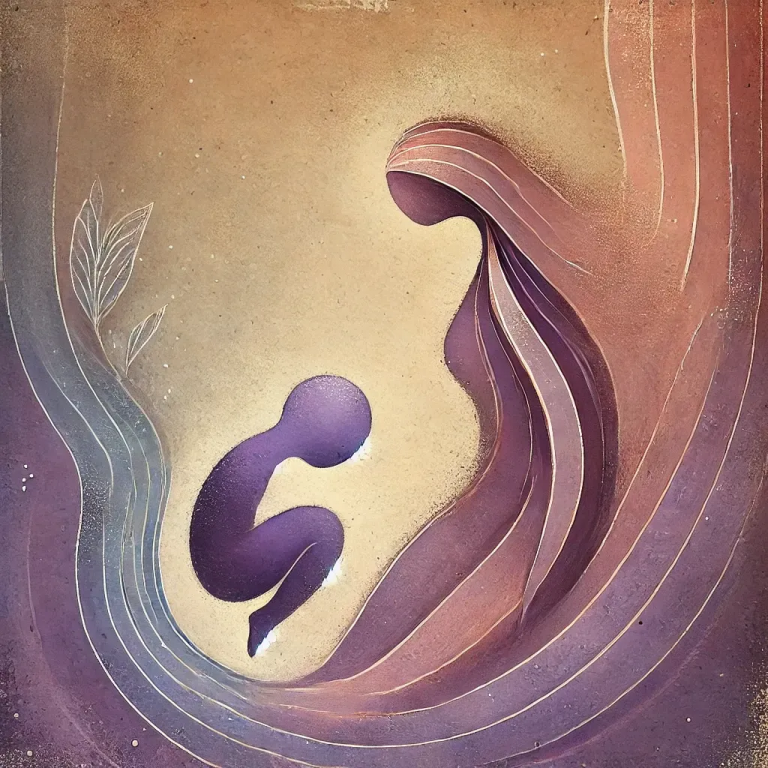
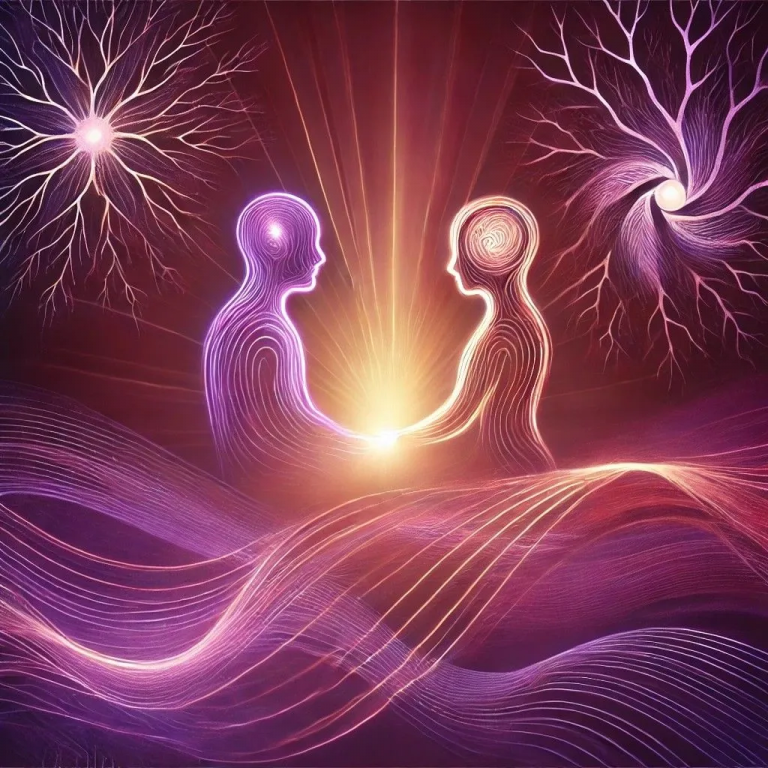
The Science of Connection: How Oxytocin Supports Breakthroughs in Therapy
ByJo OxleyHow Oxytocin Supports Breakthroughs in Therapy As counsellors, we see first-hand how attachment wounds shape our clients’ struggles. But beyond theory, there’s a biological side to healing too—our brains are wired for connection, and neurochemicals play a vital role in the therapeutic process. Oxytocin, often called the “bonding hormone,” is key. It’s released through safe,…
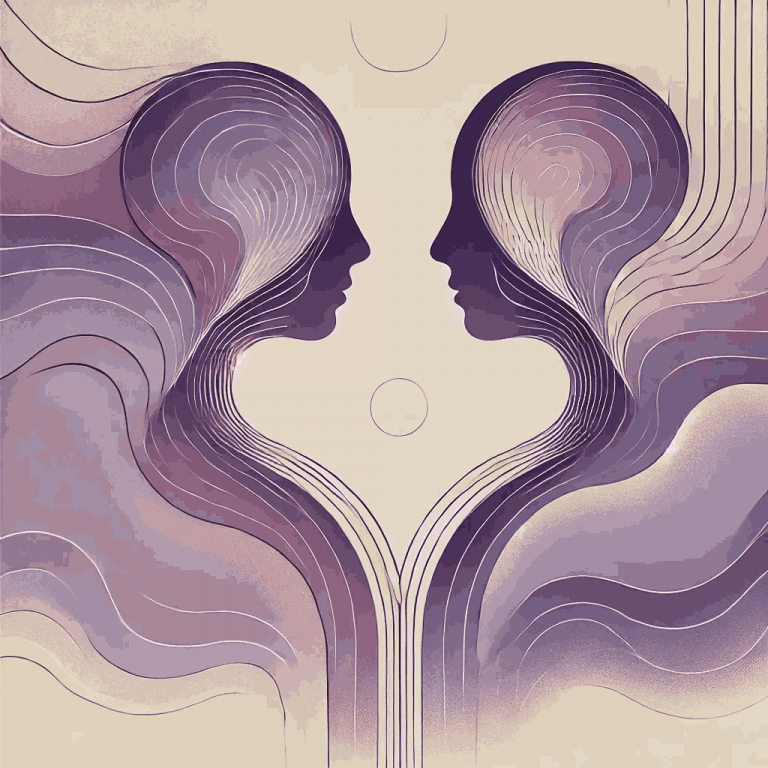
Isn’t attachment just about relationships?
ByJo OxleyAttachment isn’t just about relationships—it shapes how we regulate stress and emotions. This article explores how early relational experiences wire our nervous system and why co-regulation in therapy is key to healing affect dysregulation

5 Signs It’s Time to Renew & Reconnect in Your Relationship
ByJo OxleySigns Your Relationship Needs a Couples Retreat Every relationship goes through seasons — some warm and bright, others stormy or stagnant. That’s normal. But when the storm clouds linger or the spark feels like it’s fading, couples often wonder: “Is this just a phase, or do we need help?” Attachment theory reminds us that our…
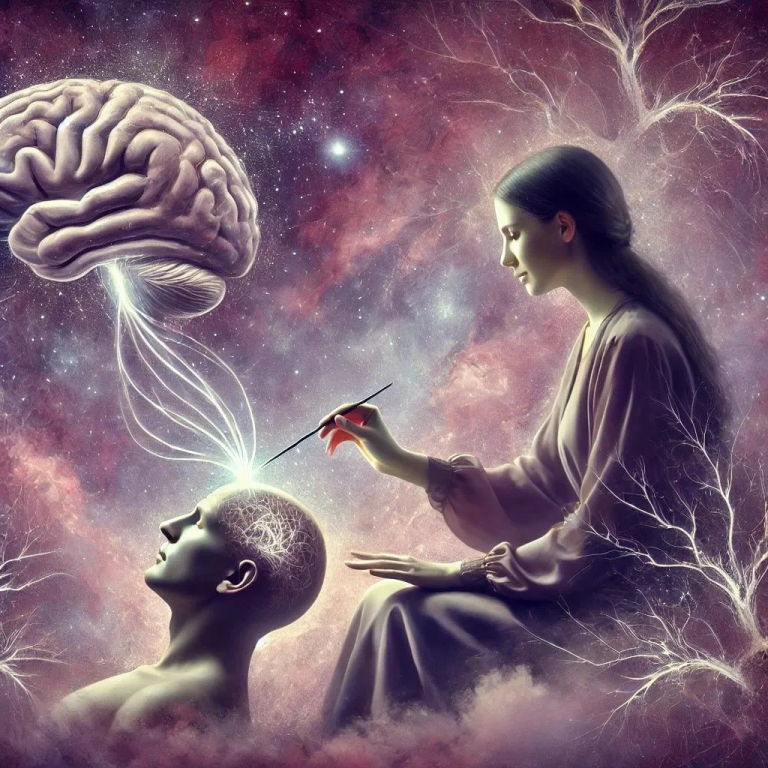
Decoding Attachment: The Surprising Ways Early Experiences Shape Our Stress Response
ByJo OxleyDecoding Attachment: The Surprising Ways Early Experiences Shape Our Stress Response As counsellors and psychotherapists, we witness firsthand how early attachment experiences leave lasting imprints on the mind and body. But what if we told our clients that these early relationships literally shape their brain’s wiring—especially when it comes to stress? Understanding the neuroscience of…
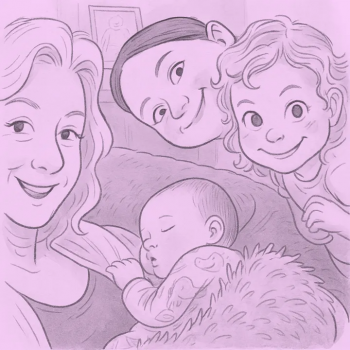
When Daughters become Mothers – The Attachment Story Behind the Pram
ByJo OxleyWhen Daughters Become Mothers: The Attachment Story Behind the Pram When a daughter becomes a mother, it isn’t just a change in role, it’s a seismic shift in the heart, the mind, and often the sense of self. It’s a chapter where the past, present, and future meet in the smallest of bundles. Recently, I…
